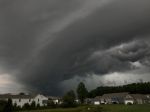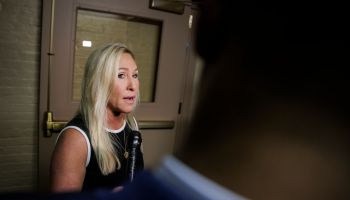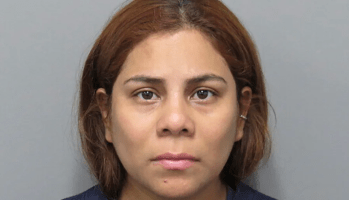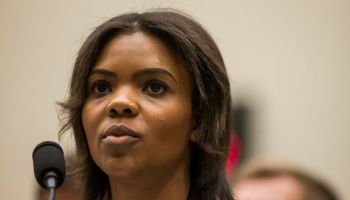Jillian Maldonado is a 29-year-old student at the Mid-Manhattan Adult Learning Center and an Avon sales representative who earns $300 a week. On most nights, she takes the D train from her classes in Manhattan back to her third-floor apartment in the South Bronx. It’s a tough neighborhood. A few months ago she heard gunshots outside her window.
Once home, Maldonado cooks dinner. She cleans up. She helps her 9-year-old son, Nelson, with his homework. Then the single mother and her son bundle up and walk three blocks — past a check-cashing store, a small supermarket and the occasional drug dealer on the corner — to their local library.
A year ago, Maldonado’s computer stopped working and she cannot afford a new one. So almost every day she borrows one of the library’s laptops and sits down at a desk, rushing to submit customers’ orders online or research and write papers for her medical billing class before the library closes.
When she returns to her apartment, she rummages through her purse and places whatever money she can spare in a jar half-filled with coins and crumpled dollars. She’s saving to buy a laptop — and grasping for a lifeline in the digital age.
“My teacher assumes everyone has Internet at home,” she said. “I feel like I’m being left behind.”
Maldonado is not alone. She is one of an estimated 100 million Americans who have no way of accessing the Internet at home. She and others are on the wrong side of the so-called “digital divide” — the chasm between those who are connected to technology and those who are not. Some live in remote areas where broadband service doesn’t exist. Many live in blighted urban neighborhoods, unable to afford a computer, let alone Internet service. In the Bronx, for example, where the median household income is about $34,000, less than 40 percent of residents have broadband access at home — the lowest of the five boroughs, according to a 2008 report for the New York City Council.
Read More On: BlackChristianNews
















